SOURCE: AFI


The Indian Navy is poised to significantly enhance its maritime capabilities with the commissioning of four advanced warships and submarines in the coming weeks. This strategic move underscores India’s commitment to bolstering its naval forces and safeguarding its maritime interests.
Among the vessels slated for induction is INS Nilgiri, a stealth frigate designed and built indigenously. This state-of-the-art warship is equipped with advanced weaponry and sensors, enabling it to operate effectively in various maritime environments.
Continue readingSOURCE: AFI


Zeus Numerix, a leading Indian defense technology firm, recently participated in the prestigious Saudi-India Defence Industry Seminar held in Riyadh. The event, which served as a platform for fostering bilateral defense ties and industry collaboration, witnessed Zeus Numerix showcasing its cutting-edge munitions and innovative solutions tailored to modern warfare requirements.
Zeus Numerix presented its suite of advanced products that exemplify scalable, economical, and lethal solutions for contemporary defense challenges. These included:
Continue readingSOURCE: RAUNAK KUNDE / NEWS BEAT / IDRW.ORG


For decades, the Indian Air Force (IAF) has maintained that its sanctioned strength of 42 fighter squadrons is essential to address the challenges of a two-front war scenario with China and Pakistan. However, in reality, the IAF is struggling to maintain even a 30-squadron fleet, far short of its desired capability.
In a conversation with idrw.org, an IAF official emphasized that instead of revising the 42-squadron benchmark downward—despite arguments about modern jets being more capable than their predecessors—the IAF needs to plan for an even larger force structure. The reasoning lies in the evolving nature of warfare, where modern air defence systems, long-range standoff weapons, and aerial threats necessitate a significant rethinking of force requirements.
Continue readingSOURCE: RAUNAK KUNDE / NEWS BEAT / IDRW.ORG
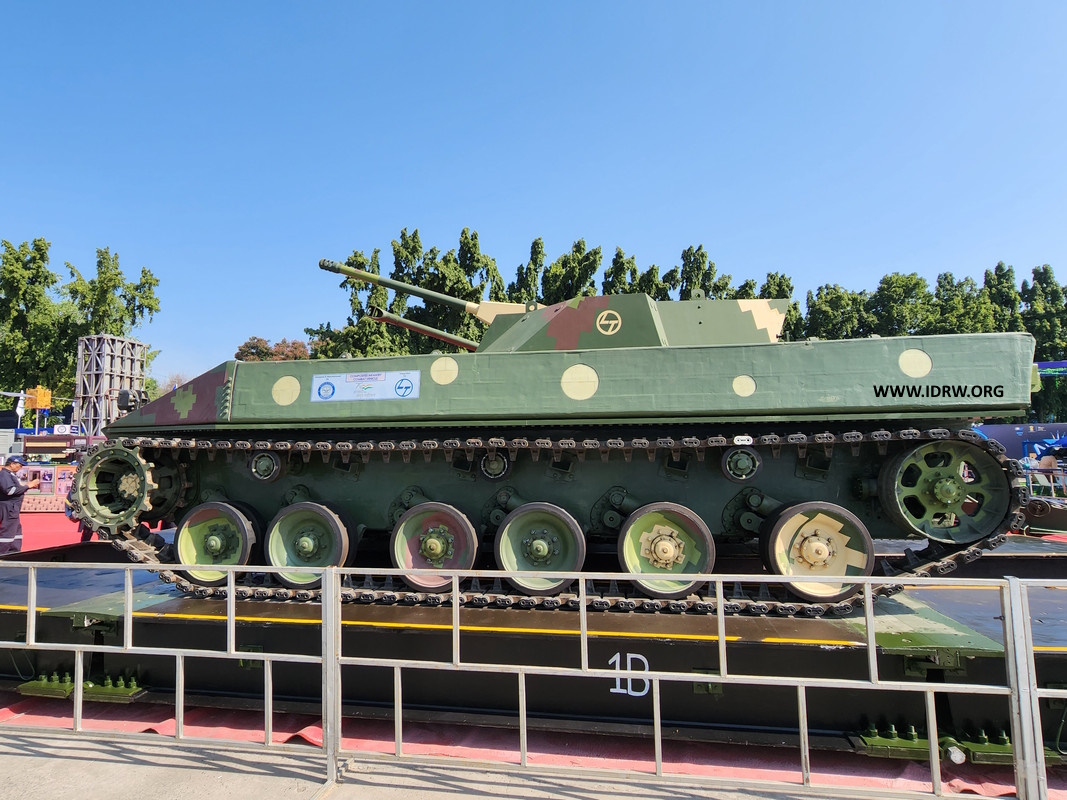

Arun T. Ramchandani, Senior Vice President of L&T’s Precision Engineering & Systems IC, has confirmed that L&T has made significant progress in developing an indigenous Futuristic Infantry Combat Vehicle (FICV) platform. This platform is part of the Indian Army’s ambitious modernization program aimed at replacing the ageing fleet of Russian BMP-II vehicles. Worth over ?40,000 crore, the FICV program is one of the largest undertakings by the Indian Army, with a requirement for 1,700 advanced FICVs.
Ramchandani stated that L&T’s FICV design is undergoing upgrades to meet the latest specifications in the Army’s Request for Proposal (RFP). With their strong track record in defence technology and engineering, L&T’s FICV could be a key contender in fulfilling the Army’s critical requirements.
Continue readingSOURCE: RAUNAK KUNDE / NEWS BEAT / IDRW.ORG
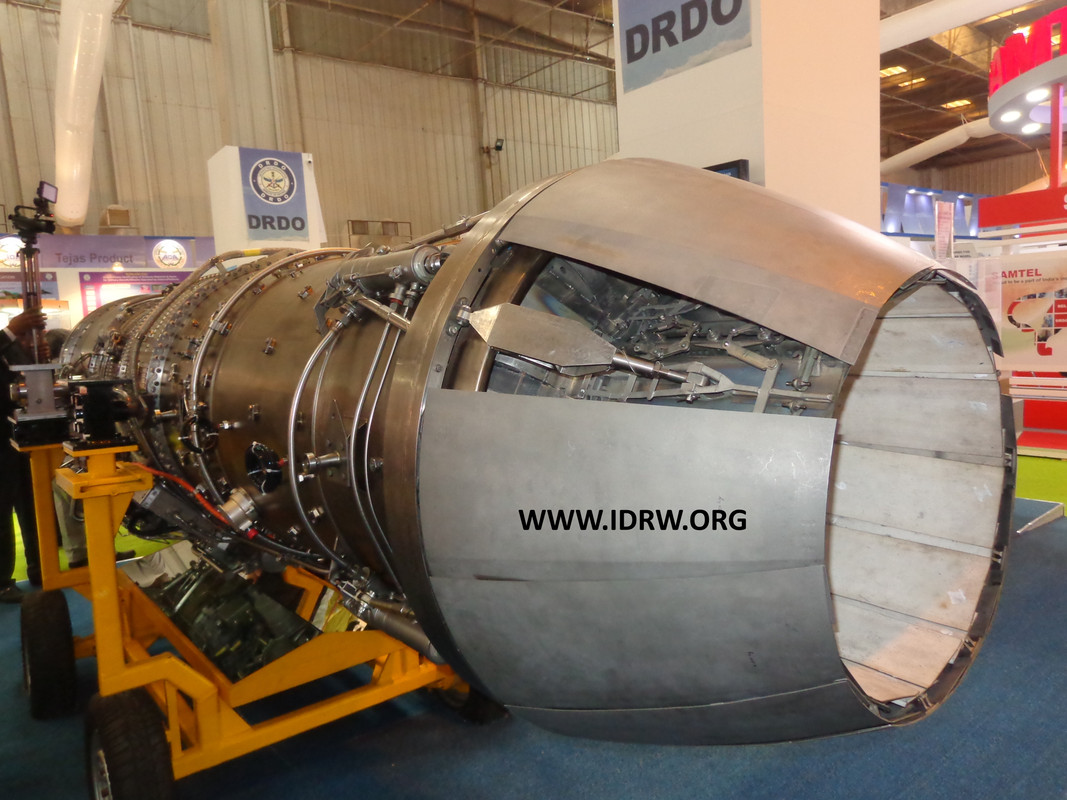

India’s Gas Turbine Research Establishment (GTRE) has taken a significant step forward in its Kaveri engine program, initiating procurement of critical materials for a demonstration of the Dry Kaveri engine mated with an advanced afterburner section. This effort aims to demonstrate a fully functional engine capable of generating up to 80 kN of thrust, marking a considerable increase from previous test results and positioning the engine as a potential power plant for both indigenous and foreign aircraft platforms.
The Dry Kaveri engine, initially targeted to produce around 46 kN of thrust, has recently achieved up to 49-50 kN in ground trials. With the integration of a new afterburner section, GTRE expects the engine to produce 80 kN of thrust, an increase from the 73 kN it achieved in earlier demonstrations. This performance upgrade is vital to fulfilling the operational requirements of modern fighter jets, including the possibility of powering India’s indigenous platforms like the Tejas Mk1A in single-engine configurations.
Continue readingSOURCE: AFI
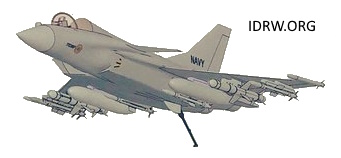

The Indian Navy’s ambitious Twin Engine Deck-Based Fighter (TEDBF) program has achieved a significant milestone with clearance from the Ministry of Defence (MoD). The program is now poised to seek final approval from the Cabinet Committee on Security (CCS), which is expected to be granted sometime in 2025. This development marks a crucial step toward the indigenous development of a fighter jet tailored for operations aboard India’s aircraft carriers.
According to a recent report by The Print, the Indian Navy has received authorization for 87 TEDBF units in the first batch, with plans for an additional 58 aircraft to cater to the Navy’s third aircraft carrier. This phased procurement underscores the importance of the TEDBF in bolstering the Navy’s operational capabilities and ensuring self-reliance in critical defense technologies.
Continue readingSOURCE: AFI


The Indian Navy had long shown interest in acquiring advanced fighter jets capable of operating from its aircraft carriers. Among the most ambitious ideas was exploring the potential procurement of the F-35B Lightning II, the short take-off and vertical landing (STOVL) variant of Lockheed Martin’s fifth-generation stealth fighter. The F-35B’s ability to take off and land on small surfaces, akin to a helicopter, made it a compelling option to replace the Navy’s ageing fleet of Sea Harrier jump jets and complement the MiG-29K fleet.
According to than Lockheed Martin’s former Vice President, Orville Prins, the Indian Navy received an initial briefing on the F-35 program as early as 2010. At the time, the F-35B variant was under development and showcased advanced features such as stealth, integrated sensors, and STOVL capabilities, designed for operations on smaller carriers like the Indian Navy’s INS Vikrant and INS Vikramaditya.
Continue readingSOURCE: AFI


The Indian Navy’s flagship aircraft carrier, INS Vikramaditya, has arrived at Cochin Shipyard Limited (CSL) for a short refit and dry docking, marking another critical milestone in its operational lifecycle. This comes as part of a comprehensive maintenance and modernization agreement between the Union Ministry of Defence and the shipyard, valued at ?1,207.5 crore.
The project will involve extensive upgrades and ensure the carrier remains in peak operational condition, enabling it to continue serving as a vital component of India’s maritime security framework.
Continue readingSOURCE: IDRW.ORG
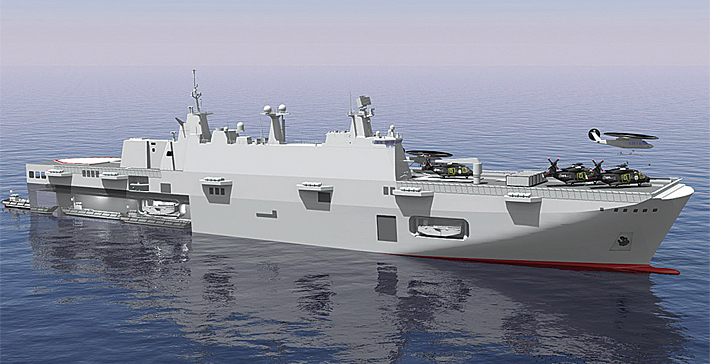

The Indian Navy is preparing to enhance its amphibious capabilities by acquiring a new fleet of Landing Platform Docks (LPDs). A decision on whether to opt for an entirely indigenous design or to collaborate with foreign partners for the project is expected soon. These versatile platforms are envisioned to serve not only as key assets for amphibious operations but also as command centers for various military and humanitarian missions.
In 2021, the Ministry of Defence (MoD) issued a Request for Information (RFI) for procuring four LPDs for the Navy. The RFI limits participation to Indian shipyards, allowing them to partner with foreign entities for designs and technical expertise. The project is an essential part of the Navy’s modernization efforts to meet its operational requirements in amphibious warfare, disaster relief, and unmanned platform deployment.
Continue readingSOURCE: IDRW.ORG.
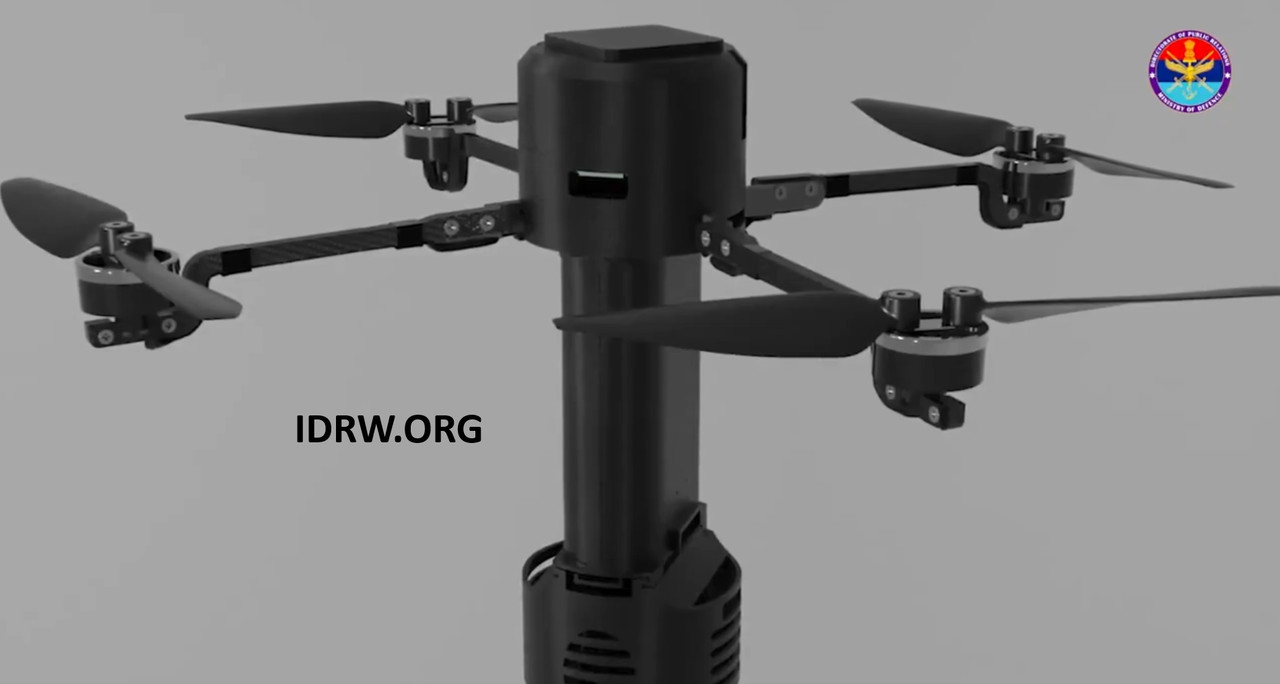

New Delhi-based startup Botlab Dynamics has made impressive strides in drone technology with the development of a lightweight Nano Drone designed for precision surveillance and reconnaissance operations. These Nano Drones are compact yet powerful tools that can be deployed swiftly to scan and secure potential infiltration and exfiltration routes for India’s defense forces. The Indian Navy is currently leading the testing of these advanced Nano Drones and is expected to place orders in the near future, marking a major step in the integration of indigenous technology into India’s security apparatus.
Botlab Dynamics won the prestigious iDEX (Innovations for Defence Excellence) Challenge, where the company’s Nano Drone stood out for its innovative design and strategic applications. The iDEX initiative, an arm of the Defence Innovation Organisation (DIO), encourages technology startups to develop cutting-edge solutions for the Indian armed forces. Botlab Dynamics met this challenge by designing a Nano Drone that weighs less than 250 grams and covers a range of up to 2 kilometers, making it an ideal tool for field operations in high-stakes scenarios.
Continue readingSOURCE: AFI
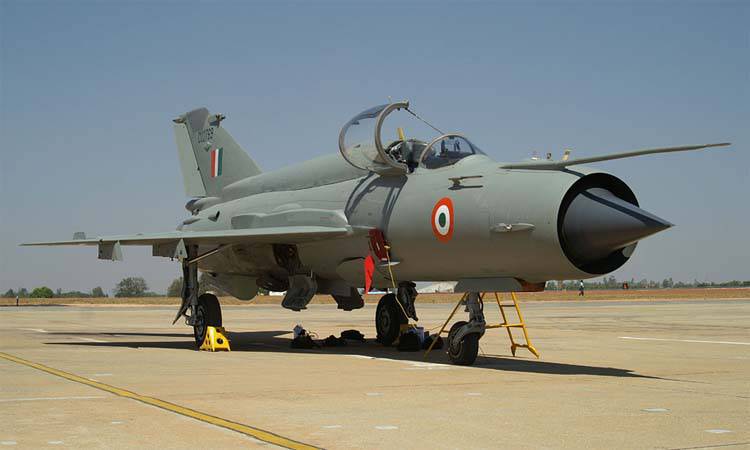

The Indian Air Force (IAF) has decided to extend the service life of its MiG-21 Bison fighters due to delays in the induction of the indigenous Tejas Mk1A fighter jets. Originally scheduled to retire by December 2025, the MiG-21 Bison fleet will continue to operate until the Tejas Mk1A program can fill the gap in operational capabilities.
The IAF had planned to establish its first Tejas Mk1A squadron at Nal Air Force Base in Rajasthan’s Bikaner by July 2024, marking a major step forward in modernizing its fleet. However, delays in the supply of engines required for the Tejas Mk1A jets have hindered the production capabilities of Hindustan Aeronautics Limited (HAL). These delays have pushed back the timeline for replacing the aging MiG-21s.
Continue readingSOURCE: AFI


India’s quest for a robust Ballistic Missile Defense (BMD) system has been a cornerstone of its strategic defense initiatives for over two decades. As missile threats continue to evolve, developing a comprehensive system capable of intercepting and neutralizing incoming ballistic missiles is a critical priority for the nation. Spearheaded by the Defence Research and Development Organisation (DRDO), India’s indigenous BMD program has made significant progress, but the question remains: how close is India to operationalizing its first indigenous BMD shield?
The Indian BMD program is structured into two primary layers of defense: the Prithvi Air Defence (PAD) for exo-atmospheric interception (outside the Earth’s atmosphere) and the Advanced Air Defence (AAD) for endo-atmospheric interception (within the Earth’s atmosphere). Together, these systems aim to provide a comprehensive shield against incoming missile threats, ranging from short-range tactical missiles to long-range intercontinental ballistic missiles (ICBMs).
Continue readingSOURCE: AFI
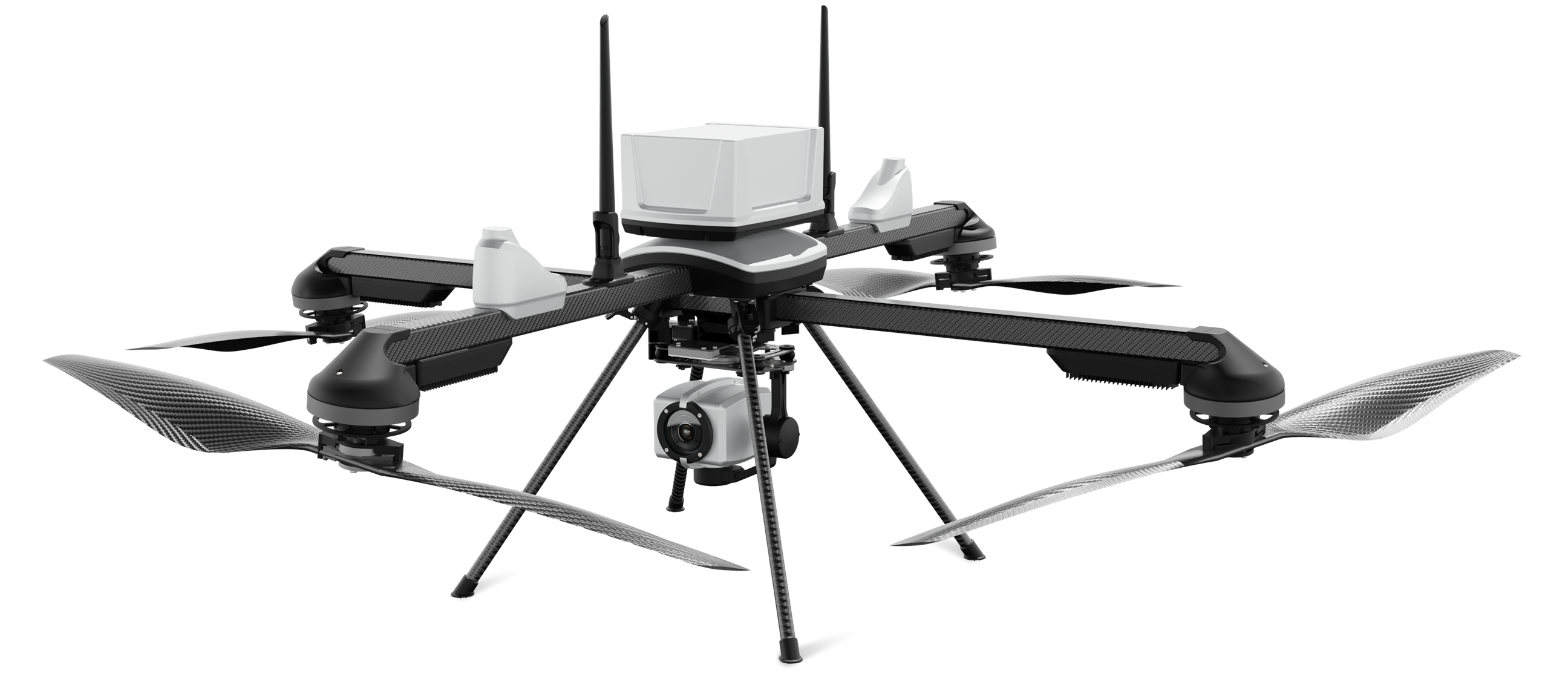

Mumbai-based drone manufacturer ideaForge has achieved a significant milestone, ranking third globally among dual-use drone manufacturers. This remarkable feat places the Indian company behind Insitu from the United States, which secured the top spot, and Quantum-Systems from Germany, which claimed second place.
ideaForge, a pioneer in drone technology, has gained global recognition for its cutting-edge UAVs (Unmanned Aerial Vehicles) designed for dual-use purposes, catering to both civilian and defense applications. Its high ranking highlights India’s growing prominence in the global drone ecosystem and underscores the company’s technological prowess and innovative capabilities.
Continue readingSOURCE: AFI
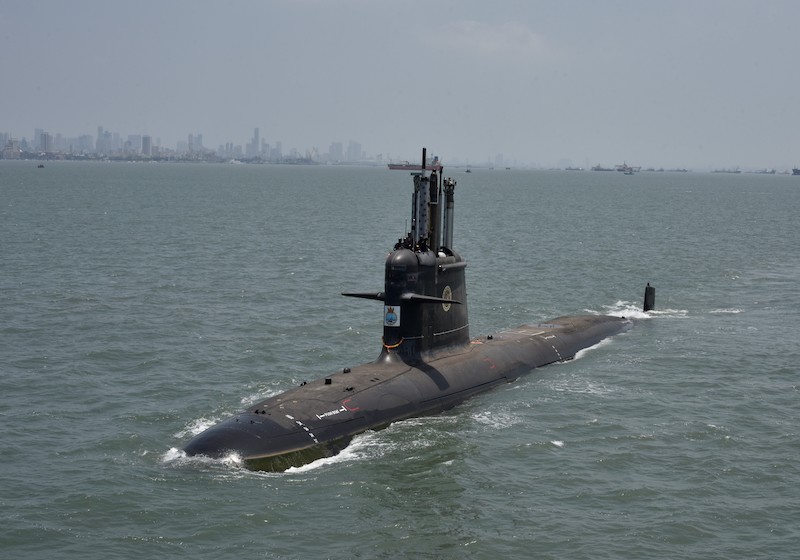

The Indian Navy has confirmed a collision between its submarine INS Karanj and a fishing boat, FV Marthoma, off the Goa coast on November 21, 2023. The incident resulted in the unfortunate loss of two fishermen.
While the submarine sustained damage, it remains operational, according to Vice Admiral Dinesh K Singh. “Whenever there’s a collision, some damage is inevitable. The Navy assessed the damage, and repairs are underway,” he stated.
Continue readingSOURCE: AFI


Amid escalating concerns over the reported rise in violence against Hindus in Bangladesh, attributed to what some claim is a U.S.-backed regime, hardline Hindu nationalist groups in India are calling for decisive action. These groups have urged Prime Minister Narendra Modi to address the presence of illegal Bangladeshi immigrants living in various parts of the country.
Reports from Bangladesh highlight a troubling increase in attacks on the minority Hindu population. Activists allege that systematic violence, including displacement, destruction of property, and targeted killings, amounts to a genocide against the Hindu community in the neighboring country. The situation has drawn criticism from Hindu nationalist groups in India, who accuse international powers, including the United States, of supporting the Bangladeshi regime despite its alleged failure to protect minorities.
Continue reading